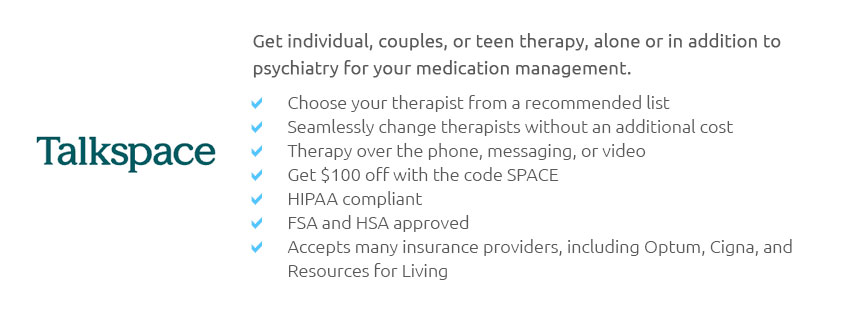 |
 |
 |
|---|
 |
 |
|---|
 |
|
|---|---|
 |
 |
 |
 |
 |
 |
 |
 |
 |
 |
 |
 |
 |
 |
 |
 |
|---|
Exploring the World of Home Therapy ServicesIn recent years, the concept of home therapy services has gained considerable traction, offering an intriguing blend of convenience and personalized care that appeals to a wide array of individuals. As healthcare continues to evolve, the demand for more tailored and accessible solutions has become increasingly apparent. In this context, home therapy services stand out as a beacon of innovation, blending traditional therapeutic practices with the modern-day need for flexibility. At its core, home therapy involves licensed professionals visiting clients in the comfort of their own homes, providing a range of therapeutic modalities that may include physical therapy, occupational therapy, speech therapy, and mental health counseling. One of the most compelling advantages of home therapy is its ability to cater to individuals who may face challenges in accessing traditional clinic-based therapy. For the elderly or those with mobility issues, the prospect of traveling to a clinic can be daunting, if not impossible. By bringing the therapy to them, home-based services eliminate this barrier, thus widening access and ensuring that more people receive the care they need. Moreover, the home environment can often be more conducive to the therapeutic process itself. Being in a familiar setting can help clients feel more relaxed and open, potentially enhancing the effectiveness of the therapy. From a practical standpoint, the flexibility offered by home therapy services cannot be overstated. In today's fast-paced world, where time is often at a premium, the ability to schedule therapy sessions around one's own timetable is invaluable. This flexibility extends to the therapy sessions themselves, which can be more easily tailored to the client's specific needs and circumstances. However, while the benefits are numerous, it is important to consider some potential drawbacks as well. One such concern is the cost associated with home therapy services. Generally, these services tend to be more expensive than their clinic-based counterparts, as therapists must account for travel time and expenses. Additionally, not all insurance plans cover home therapy, which can be a significant barrier for some individuals. Another potential downside is the availability of services in certain areas. While urban centers often have a plethora of home therapy options, those living in rural or remote locations may find it more challenging to access such services. Furthermore, the quality of care can vary significantly depending on the provider, making it essential for clients to thoroughly research and vet potential therapists before committing to a service. Despite these challenges, the trend towards home therapy services shows no signs of slowing down. As technology continues to advance, we can expect to see further innovations in this field, such as the incorporation of telehealth technologies to supplement in-person visits. In conclusion, home therapy services represent a promising development in the realm of healthcare, offering a unique combination of accessibility, flexibility, and personalization. While there are certainly hurdles to overcome, the potential benefits make it a compelling option for many individuals seeking therapy. By carefully weighing the pros and cons, potential clients can make informed decisions about whether home therapy is the right choice for them. https://www.getluna.com/
Luna's physical therapists come to you! We accept all major insurance and Medicare. Serving patients across the United States. https://hometherapysolutionsnd.com/
Home Therapy Solutions provides Physical and Occupational Therapy Services in Grand Forks, ND; East Grand Forks, MN and Surrounding Areas. https://www.hometherapeuticservices.com/
HOME Therapeutic Services provides both group and individual therapy and recovery treatment for those in need near the Baltimore, DMV area.
|
|---|